|
Johnson County is an important agricultural producer with almost 45,000 acres of soybeans, corn, wheat and sorghum and almost 24,000 acres of hayland. In addition to crops, there are also enough cows in the area to populate a small city. Fertilizers and chemicals used in agriculture and management of animal waste and other by-products all substantially impact the Kansas River.
There are a number of programs that help farmers by providing guidance – and in some cases cost share options – on projects that help reduce pollution in stormwater runoff. These include:
Best Management Practices for Agricultural ProducersBest Management Practices are also good business practice. Practices that reduce runoff can also increase profitability by decreasing erosion and costs by reducing the need for fertilizer and chemical application, improving soil and water, and improving livestock productivity. Consider the following BMPs for your farm. The River Friendly Farms Environmental Assessment at The Kansas Rural Center can provide help.
Plan and Implement Extended Legume-Based Crop Rotations A study conducted in the Lower Kansas River watershed by K-State researchers has found that reducing tillage was similar in production costs per acre but substantially decreased soil erosion, nitrogen and phosphorous loss.
Use Cover Crops According to the Kansas Wheat Association high residue cropping systems and conversion to no-till or minimum till with a planned crop rotation can reduce the need for fertilizer, improve soil moisture, and reduce erosion from wind and rain. Buffer strips, Riparian Filter Strips, and Field Grass Filter Strips: The NRCS considers buffers a win-win-win strategy because they are economically viable when developed with federal and state incentives; help farmers to meet federal, state, and county regulations; improve habitat for wildlife and game species; and reduce flooding. All that while reducing sediment, nutrients, pathogens and ag chemicals entering streams. You can get assistance with economic incentives and project planning from your local NRCS office. These programs include:
Streambank erosion is a major concern in Kansas because it is a leading cause of reservoir sedimentation. Buffer strips can significantly reduce erosion.
Use livestock management systems that reduce confinement feeding and potential pollution including:
|
Agricultural Producer Information and Resources
Managing Stormwater
Johnson County is the fastest growing area in the entire Kansas River watershed. Rapid growth can result in many challenges, not least of which is what to do with the extra runoff that accompanies urban and suburban development. To address this problem, Johnson County instituted a 1/10th cent sales tax to fund the Johnson County Stormwater Management Program. This forward-looking approach has made Johnson County a leader in the innovative management of stormwater, and has even managed to change a problem into an asset with programs like the City of Lenexa’s Rain to Recreation program.
Click here to view a map of Johnson County Stormwater Management Resources.
What causes stormwater runoff?
Housing and retail developments are full of impermeable surfaces such as roofs, sidewalks, and roads. While undeveloped land has plants and thick topsoil to absorb rain during a Kansas thunderstorm, these impermeable surfaces absorb little or no water . The increased runoff from impermeable surfaces can cause localized flooding, damage homes, and affect the quality of our drinking water.
Don’t think runoff adds up to much? Consider this: With only one inch of rain a house with a 2000-square foot roof will have over a thousand gallons of water running off of it. That’s a lot of water, especially if that water is coming out of a neighbor’s downspout heading straight for your property!
Where does stormwater runoff in Johnson County go?
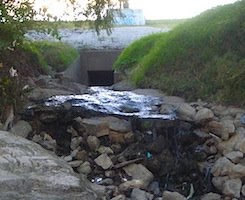 Stormwater that enters storm drains on the streets and in the parking lots of Johnson County is collected into a storm sewer system, which eventually discharges into the Kansas River system or possibly the Missouri or Marais des Cygnes Rivers, depending on where in the county you live.
Stormwater that enters storm drains on the streets and in the parking lots of Johnson County is collected into a storm sewer system, which eventually discharges into the Kansas River system or possibly the Missouri or Marais des Cygnes Rivers, depending on where in the county you live.
What are the consequences of increasing stormwater runoff?
One of the biggest reasons stormwater must be carefully managed is to reduce the risk of dangerous flooding, but there are other important reasons as well – like safe drinking water. Stormwater runoff entering storm drains eventually makes its way to the streams, reservoirs and rivers from which many communities obtain their drinking water. When these water sources are contaminated by pollutants carried by runoff those pollutants have to be removed by water treatment plants. The resources required to do this can potentially increase your water bill.
What causes pollution in runoff?
Stormwater runoff carries fertilizer, herbicides, pesticides, and pet waste with it – all of which can cause health and safety problems. Fertilizers increase nutrients in reservoirs, leading to algal blooms and “skunky” tasting water – an expensive water treatment problem for municipalities. Pesticides and herbicides create problems not only in water quality but also with the animals living in that water. For many years a fish consumption advisory issued by the Kansas Department of Health and Environment was in place between Lawrence and Eudora due to contamination by Chlordane, a pesticide used to prevent termites. Though the advisory has been lifted, a PCB advisory is still in place. (Click here for more information about current fish advisories in the Kansas River.)
What is sedimentation, and why is it a problem?
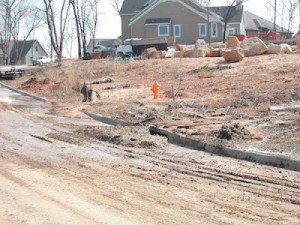 Small particles of soil and other solid matter – or sediment – carried by rainwater passes through streams and can settle in reservoirs. Reservoirs serve to hold back stormwater and reduce the amount of flooding in downstream communities. Some also provide drinking water for nearby communities. As sediment builds, the capacity of a reservoir is reduced, resulting in less available drinking water and a reduced ability to hold back flood waters. We have recently found that sedimentation is occurring in the Clinton, Perry and Tuttle Creek Reservoirs.
Small particles of soil and other solid matter – or sediment – carried by rainwater passes through streams and can settle in reservoirs. Reservoirs serve to hold back stormwater and reduce the amount of flooding in downstream communities. Some also provide drinking water for nearby communities. As sediment builds, the capacity of a reservoir is reduced, resulting in less available drinking water and a reduced ability to hold back flood waters. We have recently found that sedimentation is occurring in the Clinton, Perry and Tuttle Creek Reservoirs.
The Kansas Water Office funds many projects to reduce sedimentation in Kansas streams and rivers, and hence in the reservoirs. These projects attempt to cut off the problem at the source– stormwater runoff. Poor construction practices can greatly increase the amount of sediment in runoff. This is one of the reasons why the Johnson County Stormwater Management Program has adopted a series of Best Management Practices for Home Builders.
How is stormwater regulated?
Water that flows out of pipes into the river and its tributaries is considered a point source and is regulated under the National Pollution Discharge Elimination System (NPDES). Permits are issued by the Kansas Department of Health and Environment (KDHE) under authority delegated to it by the Environmental Protection Agency (EPA) to regulate water quality of stormwater discharges. Cities in Johnson County are required by the Stormwater Management Plan to obtain NPDES permits and regulate the amount of runoff (water quantity) and the amount of pollutants in runoff (water quality) that is discharged from their storm sewers into the Kansas River and its tributaries. These permits specify things like how much sediment, nutrients from fertilizers, bacteria, pesticides, and other pollutants can be in the water when it is finally discharged to the river.
You can help!
To learn how you can reduce stormwater runoff and improve the quality of water running off your home and yard visit our Best Management Practices for Homeowners page. You’ll also find helpful information in our Resources section. Working together we can protect our homes from flooding and ensure that we always have clean and abundant drinking water supplies.
Is my home in the Kansas River Watershed?
A large part of Johnson County falls in the Lower Kansas River Watershed. In fact, the northern border of the county is created by the Kansas River, which separates Johnson County from Wyandotte and Leavenworth Counties. If you live in the Johnson County portion of the Kansas River watershed your activities have a huge impact on the Kaw. Click the map below to visit the Johnson County Automated Mapping Information System and enter your address to see if your home is located in the watershed.
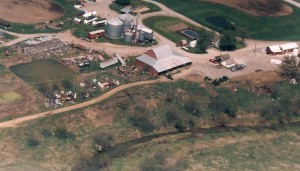
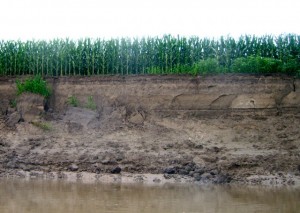
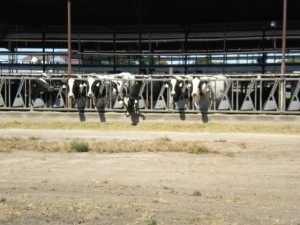
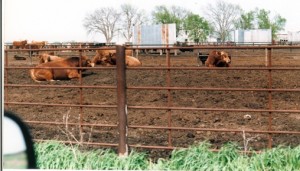
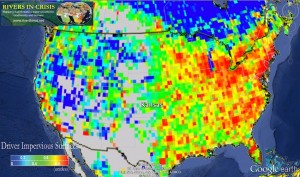

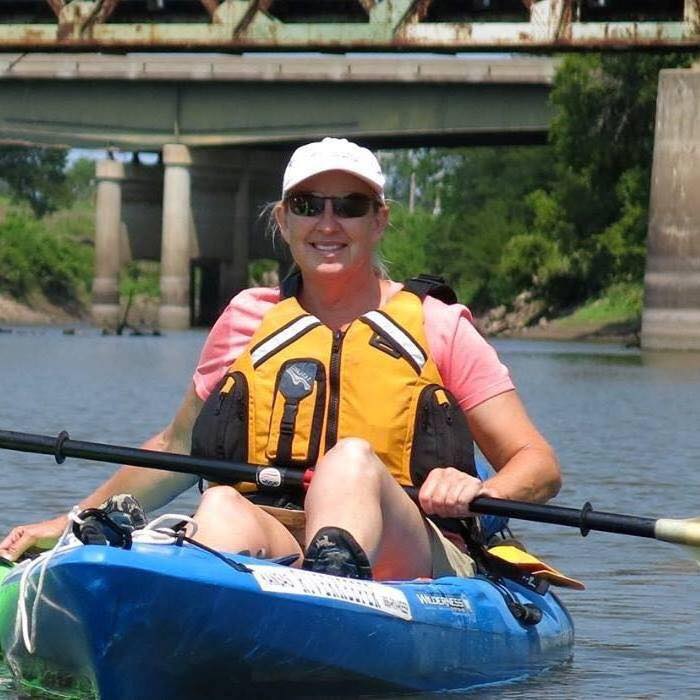 Paddle safely! Use the links below to quickly access information that impacts river conditions.
Paddle safely! Use the links below to quickly access information that impacts river conditions.
